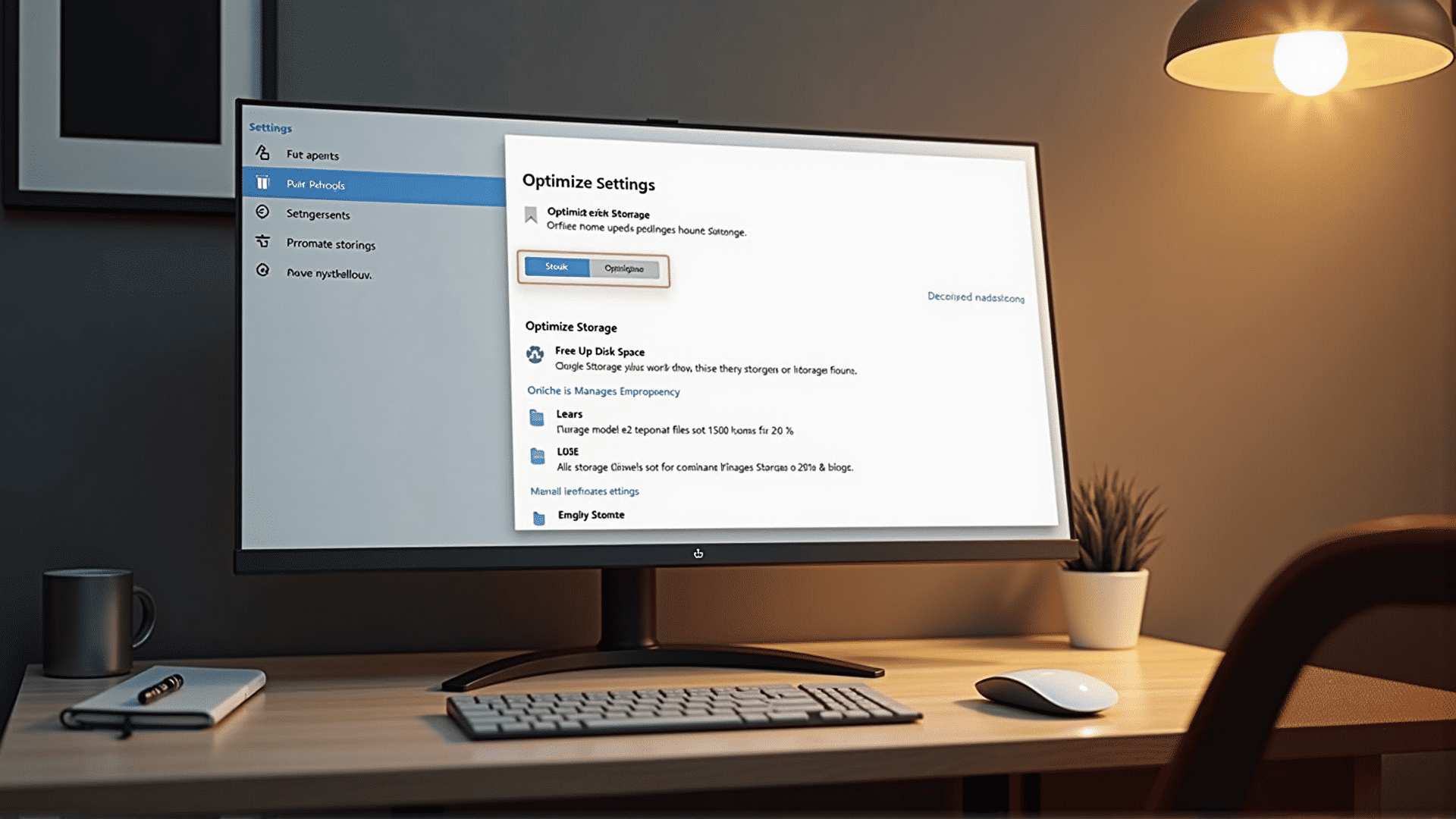Enhancing your computer's performance by optimizing its storage settings can lead to noticeable improvements in speed and efficiency. Here’s a guide on how to achieve better performance through strategic adjustments.
Understanding Your Storage
Before diving into optimization techniques, it's essential to have a clear understanding of your current storage setup. Whether you're using a solid-state drive (SSD) or a traditional hard drive (HDD), each has its unique characteristics and potential areas for improvement.
Optimize Drive Usage
-
Disk Cleanup: Regularly remove unnecessary files and applications. Built-in utilities in most operating systems allow you to clear temporary files, empty the recycle bin, and remove system files that you no longer need. This cleanup frees up space and allows your system to access necessary files more rapidly.
-
Defragmentation: For HDD users, defragmentation is a crucial process. It reorganizes the data on the disk, so files are stored in contiguous sections. This reduces the time taken for the drive's read/write head to access data. Note that SSDs do not require defragmentation, as their access time is significantly faster by nature.
-
Manage Large Files: Move large files that are infrequently accessed to external storage devices or cloud storage solutions. This decreases the load on your main drive and improves access time for files that are on the drive.
Upgrade and Adjust System Settings
-
Enable AHCI Mode: BIOS settings may have an option for AHCI (Advanced Host Controller Interface). Enabling this mode can increase performance, particularly for SSDs. It allows for faster data transfer speeds and better handling of simultaneous commands.
-
Adjust Virtual Memory: If you’re running low on RAM, adjusting the virtual memory (paging file) settings can improve performance. Allocate a proper size for the paging file (usually 1.5 times the size of your RAM) to ensure that your system doesn’t slow down when running memory-intensive applications.
-
Disable Indexing: For systems with SSDs, consider disabling indexing. While indexing can speed up file searches, with SSDs' quick access times, the benefit is minimal compared to the potential slowdown from constant updating of indexed files.
Power and Performance Settings
-
High-Performance Mode: In the control panel, look for power settings and select the high-performance plan. This setting can enhance the performance of your drive, particularly during demanding tasks, by ensuring that the drive doesn’t go into a low-power state unnecessarily.
-
Regular Updates: Keeping your operating system and device drivers updated ensures you are benefiting from performance improvements and bug fixes that manufacturers regularly release.
Monitoring and Maintenance
-
Regular Assessments: Utilize built-in system tools to get a health check of your disk. Regular monitoring can predict failures and give insights into drive health and performance.
-
Backups: While optimization can extend the life and performance of your drives, maintaining regular backups ensures that you won’t suffer data loss in the event of failure.
By implementing these optimization strategies, you can improve your computer’s performance, make your tasks more efficient, and extend the life of your storage devices. Consistent maintenance and strategic adjustments are key to achieving the best results.
